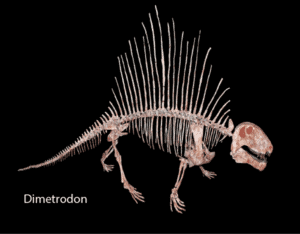
DIG’s GeoGenetics uses Geochemistry
For decades, determining the source of the hydrocarbons in your production stream has required complex geochemical models and coring practices. The technological advances in computing power have advanced production allocation models into a cost-effective alternative to coring. These models allow for robust statistical analyses to be conducted now in a fraction of the time.
DIG has a product to define your unconventional drainage system. This system is dynamic due to the complex nature of the fracture systems. Charging a reservoir with oil and gas often requires networks of induced and/or natural fracture networks. Matrix porosity and permeability within the reservoir target is extremely important for fluid dynamics but the production of unexpected hydrocarbon geochemistry often leaves geologists and engineers searching for drainage network answers. To answer these questions, the GeoGenetics tool can identify different drainage systems in your wells and the percent contribution from the different sources.
The theorized subsurface geophysics model will not always account for real-world fracture network, the fluids geochemistry doesn’t lie. Setting up end-member oils may or may not require expensive extraction of penetrated organic-rich source rock. Our product uses whole oil gas chromatography (WOGC) fluid analysis to define the end members for your Petroleum System. This allows for the allocation of properties that may not have had coring completed or expensive post completion coring and extraction of reservoir material. This also allows for time-lapse understanding of the ever-changing geodynamics of your reservoir though basic sampling of your production oil at nominal additional costs.
DIG’s GeoGenetics can create mixing models using two or more endmembers. Un-mixing your production stream often provides valuable information regarding the extent of the induced completion technique and its communication with the natural fracture system. This allows us to answer the fundamental questions: How extensive is the drainage system? How does this affect the development strategy? These techniques can provide important conclusions about well-spacing. Contact DIG now to find out more.



